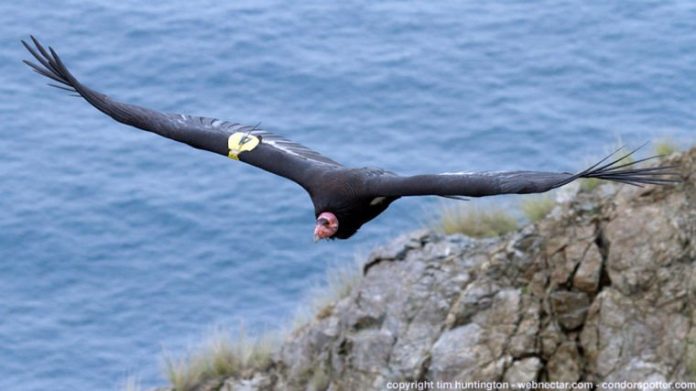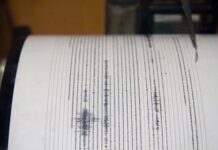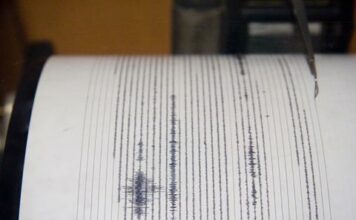On this first anniversary of “Our Local World,” I want to take the opportunity to update some of the issues discussed in my columns of the past year.
As I write, California’s weather has been making headlines again. Last year was the driest year on record here. Some of our reservoirs are at single-digit capacity. The Sierra snowpack, which provides some of our water, is at 20 percent of normal as of early January.
The ongoing drought bodes poorly for wildlife. Wildlife rehabilitators expect to see a lot of dehydrated and starving animals in the coming months. We can rehydrate and fatten them up, but if there is still no water or food out there, what will be their fate? The dry conditions, if they continue, will also mean a much less colorful spring on Coyote Ridge and other places in the valley where wildflowers usually bloom.
If our wildlife can survive the drought, however, they will be less likely to die of lead poisoning. In October, Gov. Brown signed AB 711, which will, by 2019 or sooner, ban the use of lead bullets throughout the entire State of California. Passage of AB 711 will have an especially beneficial effect on the extremely endangered California condor, as well as on eagles and other carrion eaters.
In response to the concern of hunters that alternatives to lead ammunition are difficult to obtain and more expensive than lead, the bill also requires the California Fish and Wildlife Commission to establish a process that, to the extent funding is available, will provide hunters with nonlead ammunition at no or reduced charge.
My May 3, 2013 column was an attempt to point out the dangers of lead in the environment. In response, a Gilroy resident wrote an email to me and a letter to the editor, strongly disagreeing with my opinions and conclusions. In reply, I invited him to join me for lunch to discuss our differences and see if there were any points on which we might agree.
While the meeting was not an epiphany for either of us, I believe we both walked away with a better understanding of the other’s opinions and the reasons for them. In particular, I learned that what I see as governmental efforts to maintain the quality of the environment and protect endangered species, many hunters see as an assault on their traditions and lifestyle. I give my lunch companion credit for being willing to sit down and talk with me.
In October, the Governor also signed another piece of legislation widely hailed by environmental organizations, AB 1213. Recognizing the important environmental role that bobcats play as predators of small mammals, and that the rise in demand for bobcat pelts in China and other foreign markets has resulted in a substantial increase in the number of bobcats being trapped, the legislature banned the trapping of bobcats in certain areas of the state.
AB 132, requiring the use of nonlethal procedures when a mountain lion accidentally wanders into town and poses no threat to the public, was signed in September. This bill was a response to a tragic incident in Half Moon Bay, where two starving mountain lion cubs hiding in a yard were shot and killed by wildlife officials.
Environmental bills signed in 2012 include SB 1221, forbidding the use of hounds to hunt bobcats and bears. In so doing, California joined two-thirds of other states that ban the use of dogs to chase prey into a tree, where the animal is then shot by the hunter.
Another issue of concern last year was the use of rodenticides (aka rat poison, or d-Con), which is toxic to birds and mammals that eat dead or dying rodents who have ingested it. In the last month, several barn owls have been brought to a local wildlife center suffering from suspected rodenticide poisoning. Barn owls are beautiful creatures who live happily and beneficially among humans. Their deaths are a sad, needless waste of life. Please, use snap traps instead of d-Con if you absolutely must get rid of rodent pests.
What’s on deck for 2014? The ongoing drought will certainly continue to be headline news. Whether this is just part of the earth’s normal weather cycle or a portent of life-altering global climate change will be debated. While we wait for our governments to make the right decisions to care for our planet, as individuals we must be conscious of the fragility of the earth’s beauty and take all possible steps to live in a manner that recognizes that our world and its creatures are precious and not replaceable.
Amy Randall Yee has lived in Santa Clara County for 35 years, and has volunteered at WERC for six years. She is also the President of the Board of Directors of WERC.















